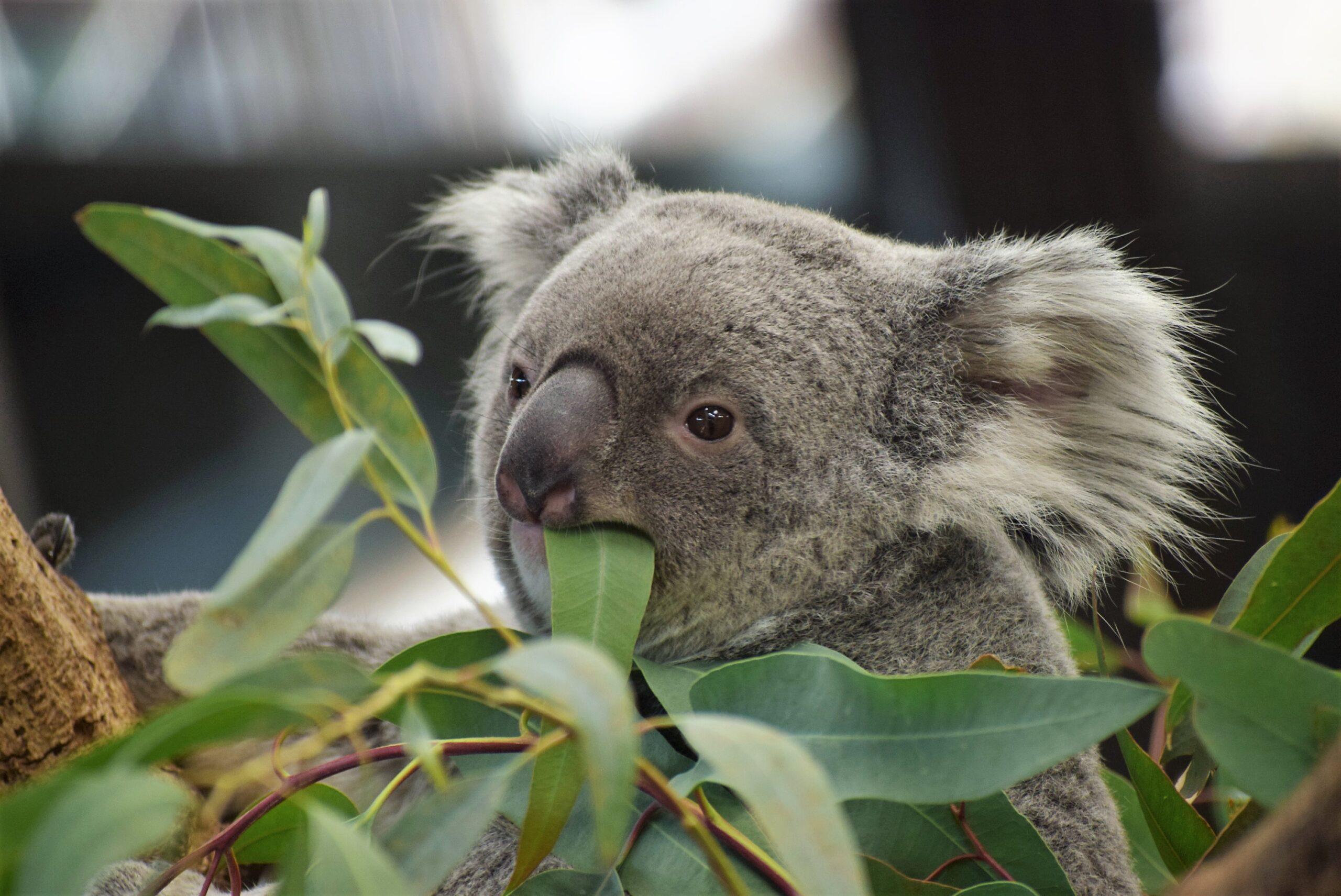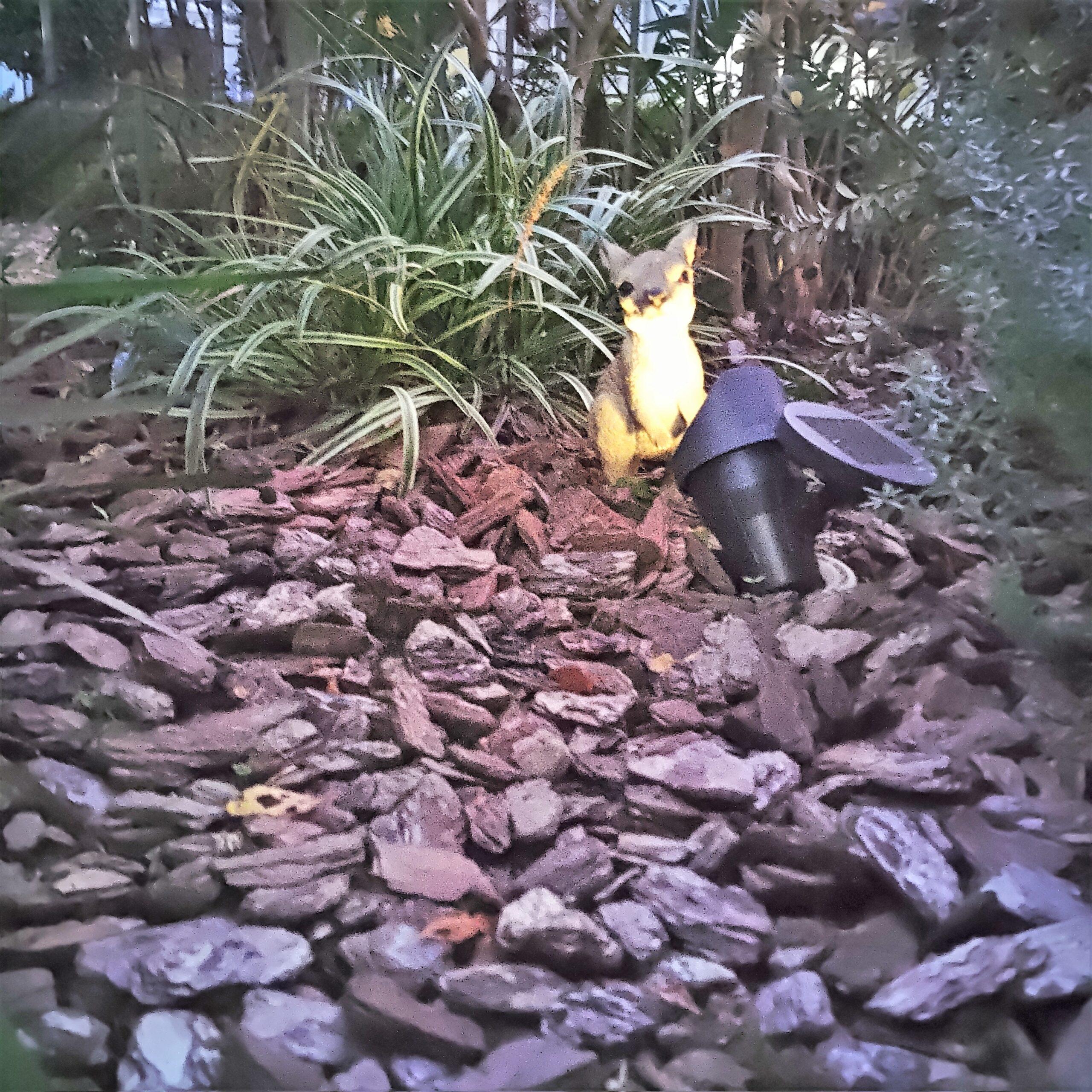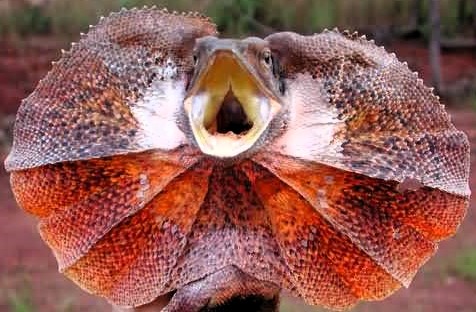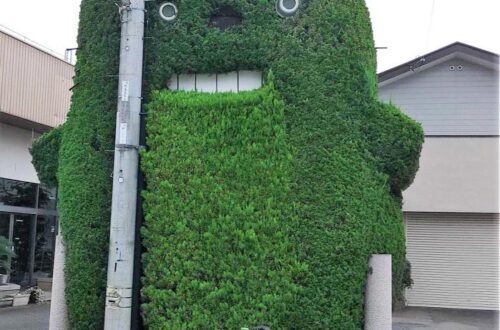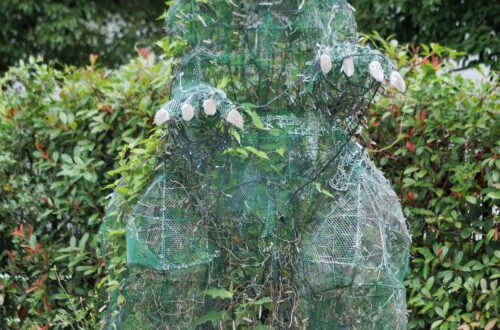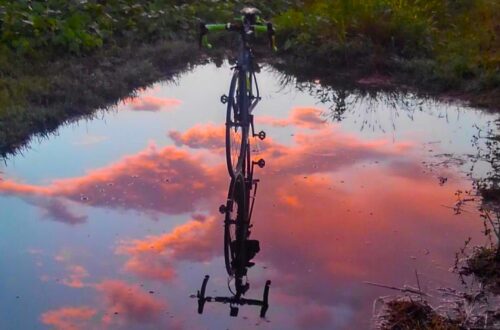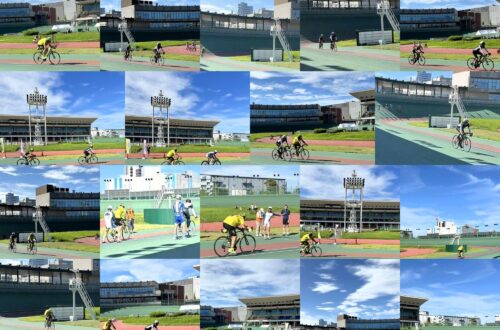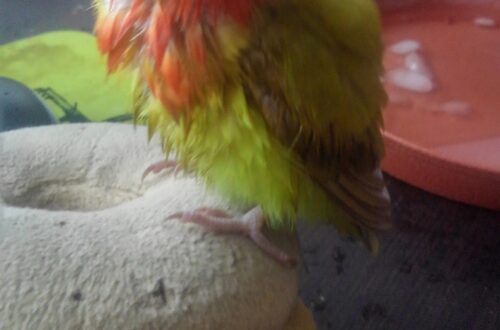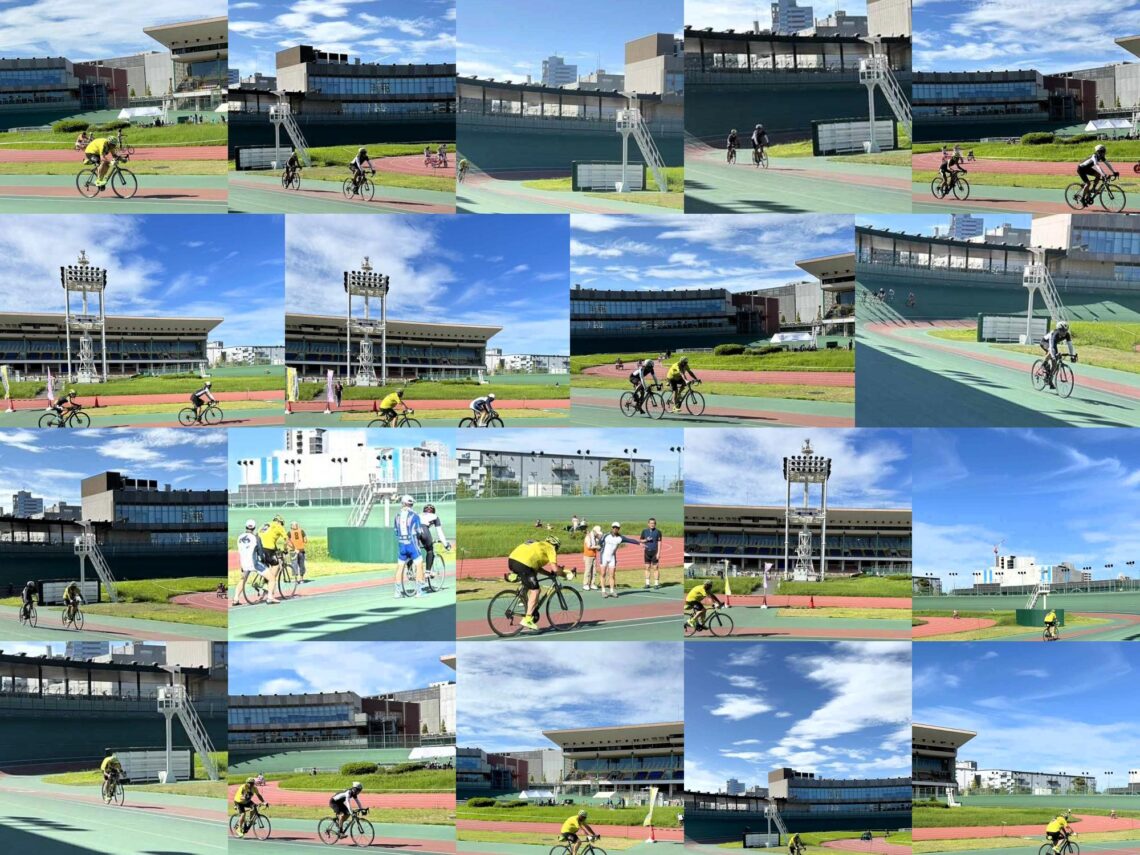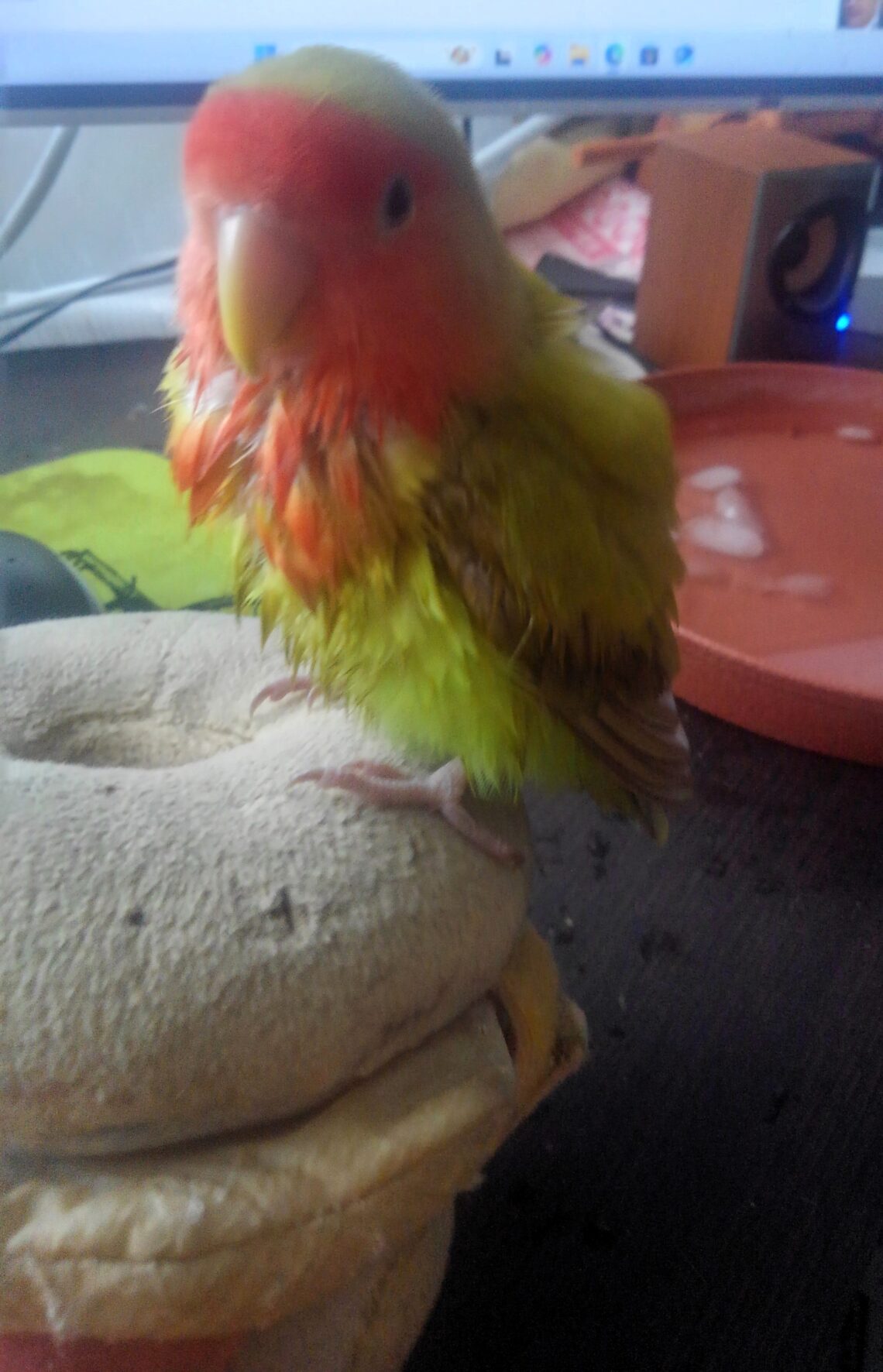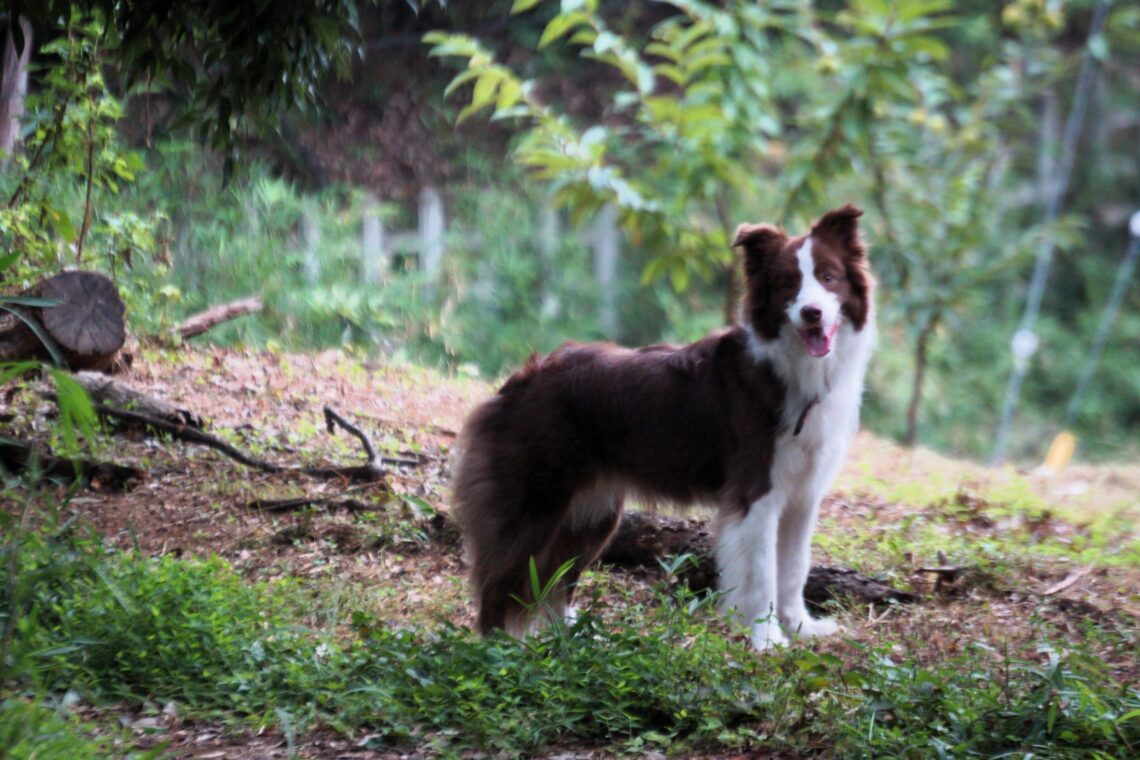A kangaroo in a space suit saves the world in the most amazing Chinese movie, which I have just learned about. King Kong Roo is one of the heroes in Moon Man, the delightfully hilarious 2022 movie about Yue, a guy stranded on the moon with humanity apparently obliterated by an asteroid shower slamming into the planet. King Kong Roo is a kangaroo that had been left in a moon base research lab. He forms an unlikely friendship with Yue and they strive to return to the earth. The kangaroo ends up a hero, reverred around the world. The film…
-
-
Way back in the early 1980s, Australia went from barely being a blip on the average Japanese radar to capturing the nation’s attention thanks to the frill-necked lizard, an endemic Australian reptile that uses its frill to threaten or frighten off predators. The lizard was featured in a March 1984 episode of Waku Waku Dobutsu Land (Exciting Animal Land), a popular TV show in those days when limited information meant news spread more broadly than now. The program offered a frill-necked lizard plush toy to six lucky viewers drawn from a lottery. More than 700,000 entries were received. Then, Mitsubishi…
-
Damn, life has been so serene recently, I have literally had to pinch myself to tug my mind back to reality. A mate dragged me back into the real world fiercely and abruptly today. And that was because the mate died. It was not completely unexpected. Some might say it was God’s will. He had come close before. And had survived multiple bouts of cancer. Vexastiously, things had spiralled downward this year, though. And maybe even futher back. I realized that even though we had shared some of the most intimate details of our lives on an almost daily basis…
-
Today’s title is more than just a play on words to boast about the beautiful bicycle photos I have been able to take recently. It also refers to what’s going on in my life at the moment. I can’t stop pinching myself to check that I am really going through what’s happening. Essentially, it revolves around the various miracles that have occurred to get me into a great new company, where I am surrounded by extraordinarily talented people and working in an environment so supportive that it is difficult to believe. Hence the pinching. This has brought about such an…
-
A long-time wish finally came true with a session around the Kawasaki Velodrome, and though I notched times that were the slowest of anyone on the day, my timing has been pretty fortunate over the past few months. All seemed lost and forlorn at the start of summer, but I was determined to hang on to my career for dear life to ensure that Mrs. Kangaeroo could fulfill one of her dreams. And the fates were on my side, with a new opening presenting itself at an absolutely perfect moment. And it has ushered in a halcyonic few weeks. On…
-
All sorts of amazing things are happening at the moment, and I’m taking me time to let them settle in. Biggest is the new job, which is taking up most of my time at the moment and, naturally, has a huge impact on my life and that of those around me. We’ve had some pretty lousy weather recently, being humid, wet and dark, which has had an adverse impact on Kangaeroo Corner, effectively wiping out the kangaroo paw for this year, but also hurting most of the other Aussie plants, which generally like things to be dry and sunny, or…
-
It began to sink in on this morning’s ride along the Tama River that this aspect of my life, such a crucial activity over the years of the covid pandemic, is drawing to a close. Many people are fixtures along the river, just as I suppose I must be for them. Over the years we have become familiar and share greetings, as well as inspiration, and sometimes even the occasional conversation and, dare I say it, friendship. Next week, I begin a new job and will commute into central Tokyo once again. My commute will, unfortunately, be by train, and…
-
After a blissful stay with us of two weeks or so, Uyu the border collie is gone, having returned home to her mum and dad. It was sad to see her go as she had been our little angel and being with her was blissful. She brought enormous joy and we had great fun. But, as I had noted the last time she stayed her, the biggest lesson Uyu provided was to convey how clearly impossible it would be for us to own a dog, much as I would love to have one. I simply can’t care well enough for…
-
Our time with Uyu the border collie is drawing to a close and it has been magnificent. We have complete conviction that our canine companion is a gift from the gods. But it has also been draining. All of us, Uyu included, were exhausted last night. The typhoon skirting by Tokyo and dumping bucketloads of rain on us has actually rendered some relief as it has prevented a long walk and confined us to indoor spaces today. That has meant playing with toys, which is also having an effect on my old frame. I can’t crawl around on the floor,…
-
Every bone in my body is aching, but I am not giving up and am adamantly moving ahead with our current schedule, but boy am I feeling it. Part of the problem might be that I have too much free time on my hands, which allows me to realize how sore I feel. It’s hard to keep busy as I’m trying to look after the dog, the dinosaur and the domicile, all at the same time. My body is feeling the pinch because Uyu and I have been walking about 15 km/day in the sapping heat, spreading the walks over…

